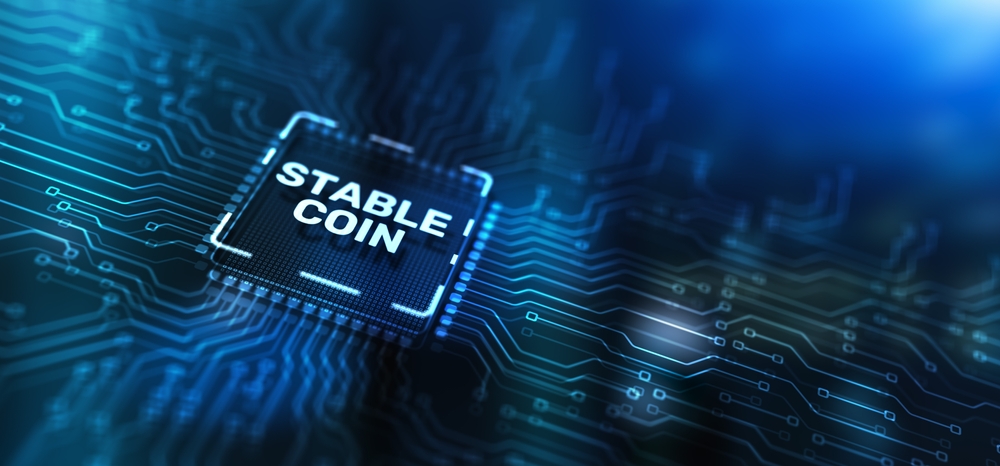It is difficult to overlook the role of stablecoins in the crypto sector. They have the best of the two worlds of finances: borderless and quick asset transactions.
Due to the continuously expanding market cap of stablecoins, it can be deduced that they have attained their peak. However, Justin Sun, who has unveiled Decentralized USD (USDD), might argue otherwise.
Justin claims that the wholly decentralized stablecoin is the initial step into the new stablecoin generation.
Definition of USDD
This algorithmic stablecoin was unveiled by Justin Sun, Tron Dao’s founder. Its value is pegged to the US dollar’s value.
Despite being unveiled by the TRON DAO Reserve, it does not mean the token is exclusive to the blockchain. Besides, USDD is found in Ethereum, Binance Smart Chain, and the NEAR blockchain.
USDD’s Origin
Justin Sun is the individual behind USDD. He has made a name for himself ever since he graduated with a BA in History and a Master’s in Political Economy.
Prior to USDD, he was famous as the founder of the TRON network. Tron offers an entertainment-sharing ecosystem and decentralized peer-to-peer content to users.
TRAO DAO Reserve is the organization that issued USDD, while the TRON Network developed the decentralized autonomous network (DAO). The DAO has various objectives, including averting panic trading, safeguarding the crypto market, and reducing significant economic downturns.
The TRON Network also manages TRON-founded stablecoins and guarantees price stability.
How USDD Functions
A blend of various crypto assets back USDD. They include BTC worth $235M, TRX worth $580M, and USDC worth $442M.
Despite the significant dependence on Tron’s TRX token for nearly 40% of the security-raising fears, USDD utilizes an over-collateralization strategy to promote stability. The collection of assets backing USDD accounts for more than 200% of the circulating value, offering more than twice the value to avert de-pegging from the USD.
A mint-and-burn strategy is also utilized by USDD to facilitate the exchange of 1 USDD for TRX worth 1 USD when the price goes below $1 and vice versa when the price goes higher. This mechanism aims to retain a 1:1 peg with the USD.
USDD provides a Peg Stability Module to permit users to swap tokens with other stablecoins at a 1:1 rate, reducing spillage. In addition, USDD supports price stability by involving Super Representatives who hold TRX tokens and are tasked with absorbing the effect of high volatility.
The Representatives can apply for the position, and TRX holders can vote for them. This adds a democratic aspect to stablecoin’s stability.
Mining USDD
Unlike other stablecoins, mining USDD is possible. Mining can happen on selected mining platforms like Polenix and SunSwap. Cooperative mining is also possible, with the returns’ interest rate being mutually supported by the TRON DAO Reserve and fluctuating approximately 30% APR.
USDD Alternatives
Other stablecoins exist in the market, such as USDT, BUSD, USDC, and others. All stablecoins seek to offer people the capability to move funds through blockchain without worrying about price changes, which are critical in crypto.
Stablecoins’ differences are evident in their market capitalization, trading volume, circulating supply, and how they maintain price stability. At present, USDD is the 7th stablecoin in terms of market capitalization.
Concerning trading volume, USDD’s situation is unimpressive.
How to Purchase USDD
Most exchange platforms facilitate the purchase of USDD. Examples include Polenix, Bybit, Huobi Global, Gate.io, and KuCoin.
One must create an account, a process that takes a short time and needs a phone number and email address for multi-factor authentication. After setting up the account, funds can be deposited.
Later, the crypto holdings can be utilized to buy USDD within the platform.
Storing USDD
There are numerous options for storing USDD due to its presence on numerous blockchain platforms. If one buys a BEP-20 or ERC-20 version, the USDD can be stored securely and decentralizedly in the Atomic Wallet.
All BSC and ERC-20 tokens are supported by Atomic Wallet, despite some not being enabled by default. To store and manage USDD in Atomic Wallet, a person should deposit the token to the Ethereum address.
